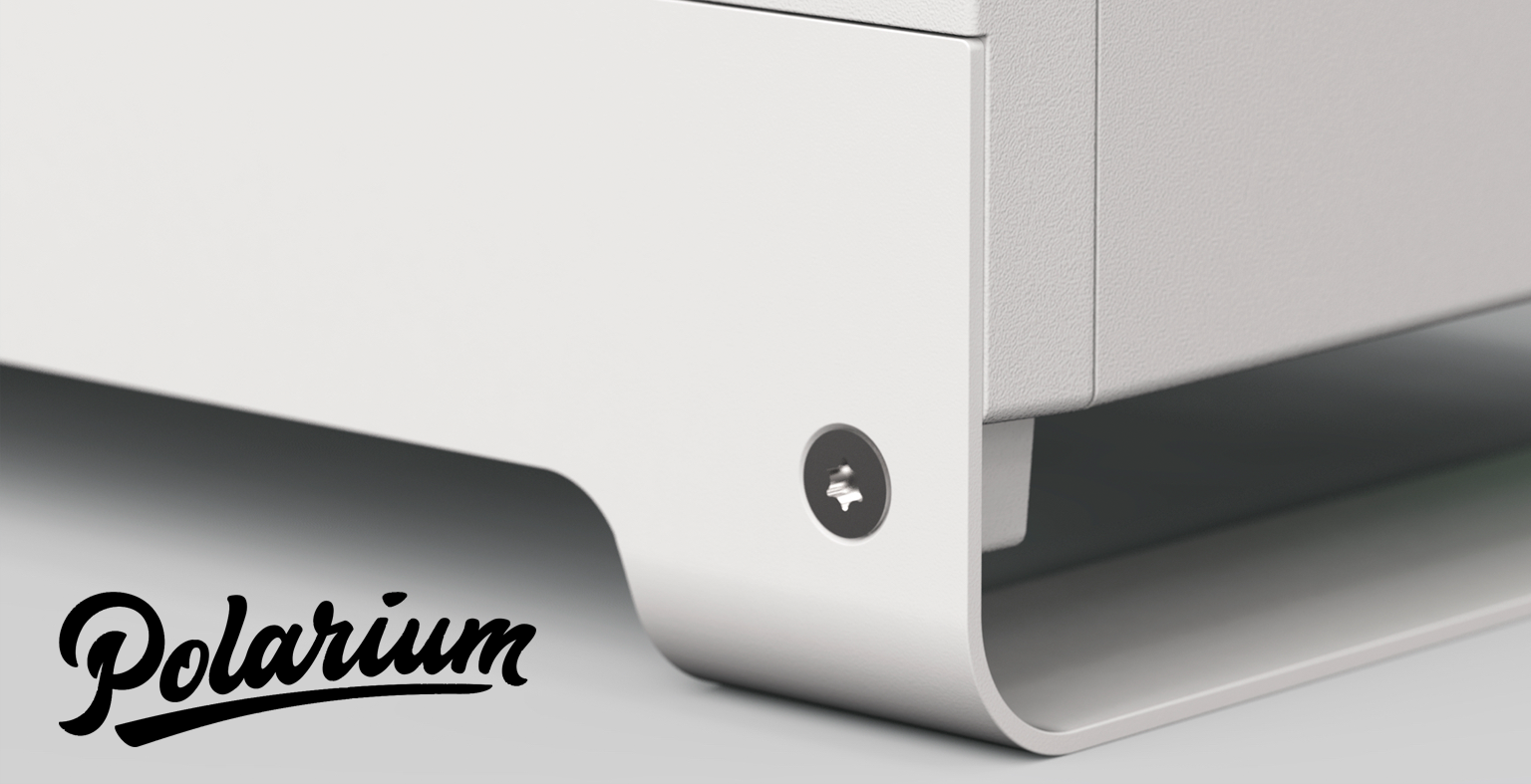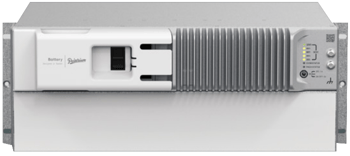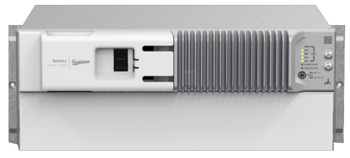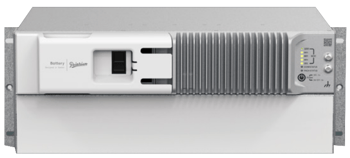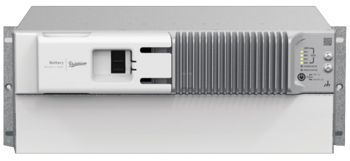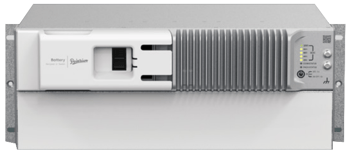Lightweight and efficient, lithium is the preferred battery type for mobile phones. This soft, silvery metal is also used to make black and white TV tubes, and an alloy of lead and lithium is widely used to make tough ball bearings for machinery. Lithium is also used to strengthen glass.
With so many uses, life without lithium seems almost impossible. We are indebted to the man behind this important metal, Johan August Arfwedson, who was born in January 1792, in Sweden to a wealthy family.
The first recorded references to lithium date back to 1800. De Andrada, a well-known scientist and statesman, reported discovering a new mineral during a visit to Scandinavia. Being unsure what it was, he named it petalite. The scientific community was unconvinced that this material was a new mineral, prompting others to investigate.
Arfwedson also started analyzing the mineral and found that 10 percent of it was made up of another substance. He concluded that the missing mineral was entirely different to any other substance previously recorded. He decided to name it lithium, which is derived from the Greek word lithos, meaning stone.
FAQs about Lithium technology
- Is lithium-polymer superior?
"Polymer” is a Li-ion in a pouch pack with no common definition. - Do I get more capacity using flat rather than cylindrical cells?
No. Prismatic/pouch cell have lower capacities than the 18650. Li-ion pouch cell = 150Ah/kg; Li-ion in 18650 up to 248Wh/kg. - Do flat cells pack more easily than cylindrical?
Flat cells must allow space for swelling; the 18650 does not change size. Furthermore, thermal management is harder with flat cells. - Do I need cell balancing?
Single-cell packs do not need matching; tolerance not critical.
The cells for a multi-pack must be matched. Most quality cells for multi-cell design are matched. Cell balancing should be a function in the Battery Management System. - What does the protection circuit do?
The mandatory protection circuit (Battery Management System) controls outside stress and will shut down in case of out of spec situations. - What should I look out for in pack design?
Isolate the cells to prevent propagation of a failing cell. Quality cells have a very low failure rate. - How are cells quality checked?
Manufacturers include self-discharge test and cell matching. - What is the difference between NCA and NMC lithium technology?
NMC - Lithium Nickel Manganese Cobalt Oxide: LiNiMnCoO2. Graphite anode.
- High cycle life suitable for off grid and very unstable grid
- >6 000 cycles @ 80% SOC
- Better than Lithium Iron Phosphate(LiFePO4) which has Elevated self-discharge and lower energy density
- NMC has good overall performance and excels on specific energy. This battery is the preferred candidate for the electric vehicle and has the lowest self-heating rate.
NCA - Lithium Nickel Cobalt Aluminum Oxide: LiNiCoAlO2. (~9% Co) Graphite anode.
- Suitable for any grid
- >4 000 cycles @ 80% SOC
- Better than Lithium Iron Phosphate(LiFePO4) which has Elevated self-discharge and lower energy density
- High energy and power densities, as well as good life span, make the NCA a candidate for EV powertrains.
Comparison Battery Technologies for Telecom
Compared with lead, lithium batteries have many benefits, such as half the volume, a quarter of the weight and five times higher energy density – which gives them a longer service life, especially in cyclic environments. This results in many types of cost savings.

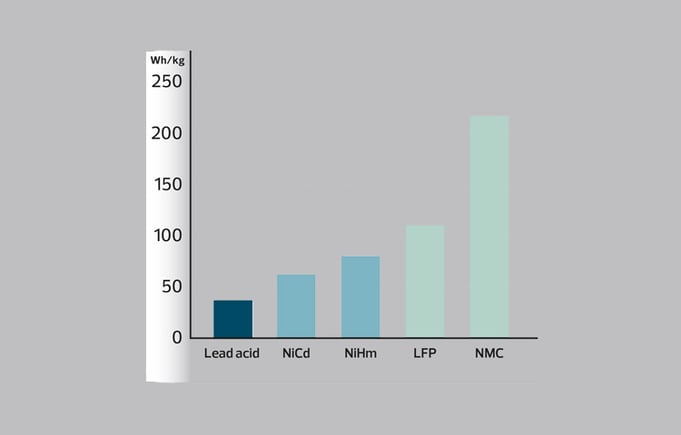
Polarium Product Range
This article was first published here by Polarium.
About Polarium

Polarium is a Swedish company dedicated to providing the best performing, safe and sustainable energy storage solutions built on lithium-ion technology. The company was founded in 2015 based on the idea of how energy storage could empower a smart and sustainable world. Polarium’s headquarters and R&D center are situated in Sweden and the manufacturing in Mexico. Through its global sales channels and representation in the US, South Africa, Sweden, UK, New Zealand and Indonesia, Polarium serves customers worldwide. Today, our market-leading solutions are in use on all continents and in all climate zones – from the Equator to the Arctic – ensuring that the flow of energy never stops, while enabling our customers to reduce energy costs and carbon footprint.
Formally known as Incell - the new name is a combination of Polar and Lithium to mirror the company’s Nordic heritage. With the new brand, the company aims to be more accessible and reach a wider audience. Read more here
